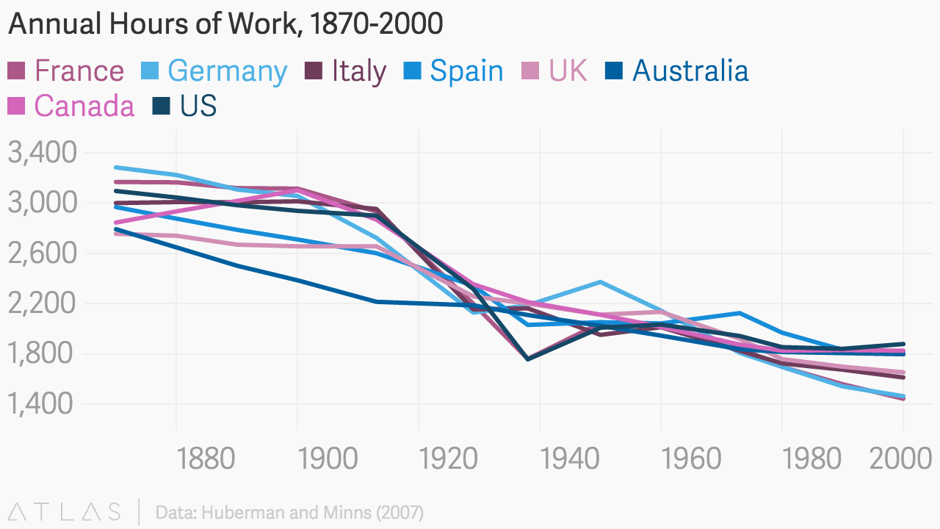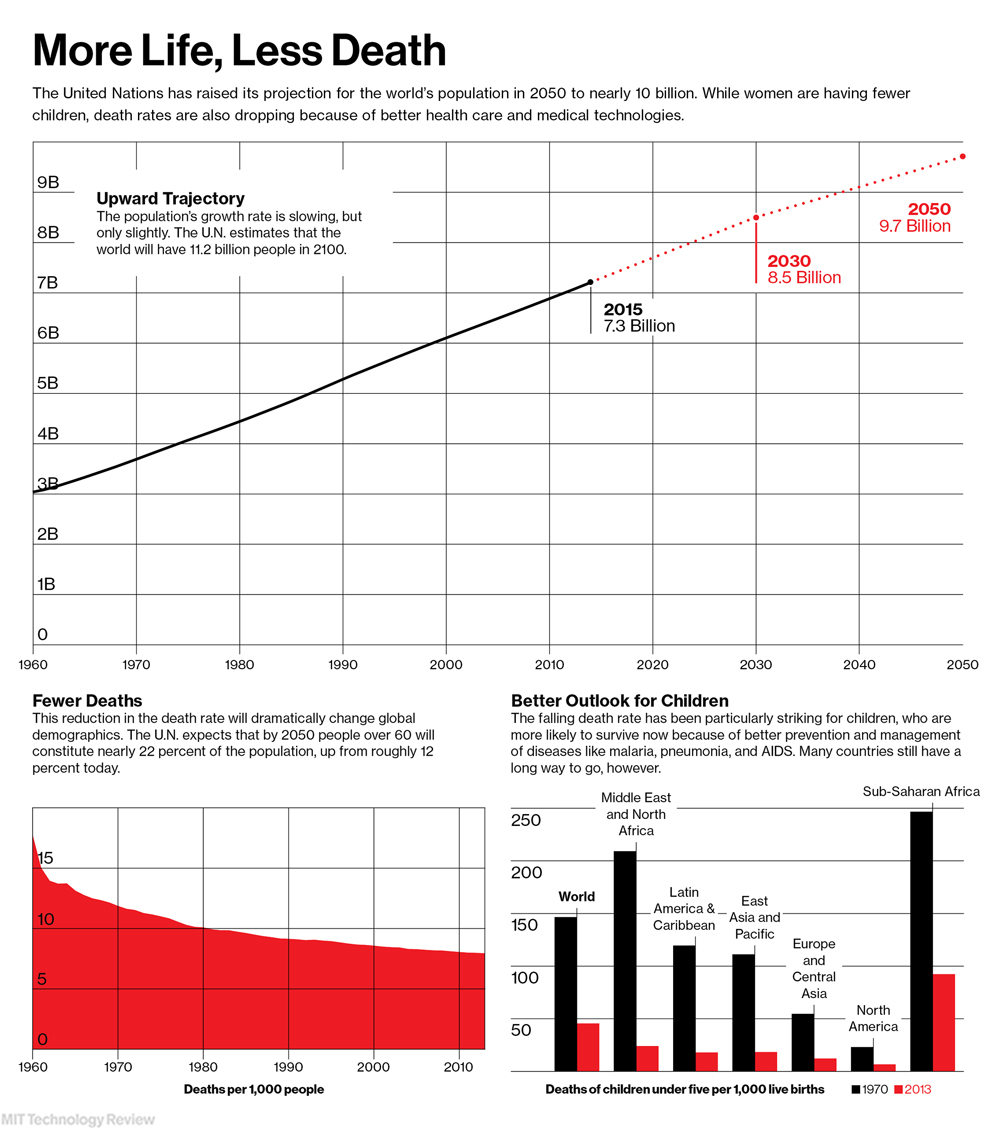From the WSJ:
"The World Bank estimates that the share of the world’s population living in large cities exposed to tropical cyclones and earthquakes will rise from 11% in 2000 to 16% in 2050. Economic exposure will grow even more because of rising sea levels linked to a warmer climate, economic growth and urbanization.
In 2005, the 10 cities most economically exposed to coastal flooding—led by Miami, New York, New Orleans, Osaka-Kobe and Tokyo—accounted for 5% of world GDP. That is likely to grow to 9% by the 2070s as Guangzhou, Kolkata, Shanghai, Mumbai, Tianjin, Hong Kong and Bangkok join the list.
As for New York City, it has been courting disaster virtually ever since its founding. The areas of lower Manhattan inundated by Sandy correspond almost exactly to those parts reclaimed from the seas since 1609. Two Dutch water experts, Jeroen Aerts and Wouter Botzen, have calculated that in the past century, the value of buildings in New York’s hundred-year flood zone has risen from less than $1 billion to $18 billion (in constant 2009 dollars)."












